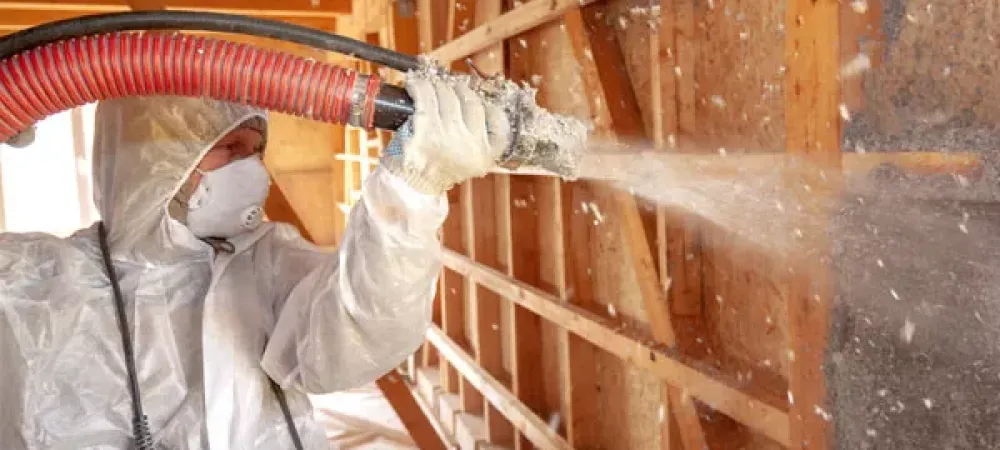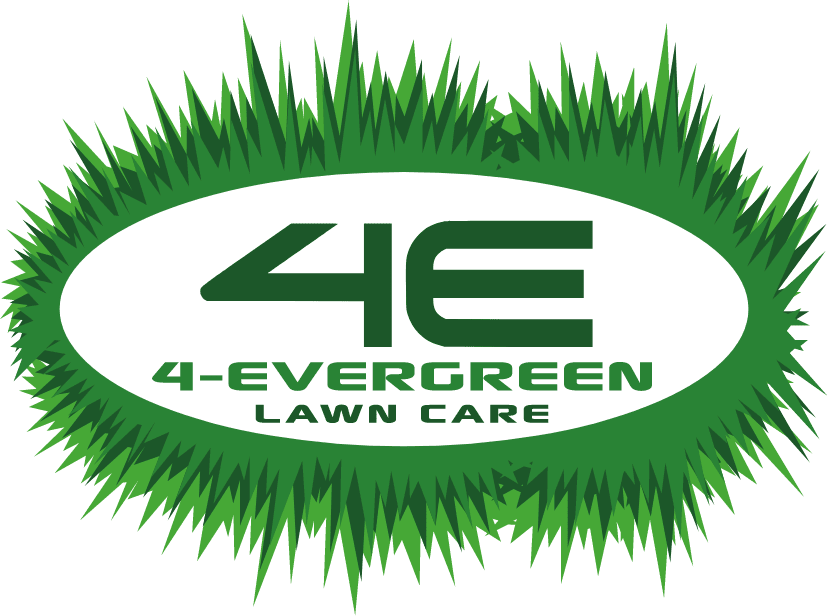How to Know I Need to Replace My Home's Insulation?

Insulation is like the unsung hero of your home, quietly working behind the scenes to keep you comfortable year-round. Yet, it's often overlooked until something goes wrong. Over time, insulation can deteriorate, leading to a host of issues such as energy inefficiency, uncomfortable temperatures, and even health concerns. So, how do you know when it's time to replace your home's insulation? In this guide, we'll explore some telltale signs that indicate it might be time for an insulation upgrade.
Rising Energy Bills
One of the most obvious signs that your home's insulation may need replacing is a sudden spike in your energy bills. Poor insulation allows heat to escape during the winter and infiltrate during the summer, forcing your HVAC system to work harder to maintain a comfortable temperature. If you've noticed a significant increase in your heating and cooling costs despite regular usage patterns, it could be a sign that your insulation is no longer doing its job effectively.
Uneven Temperatures
Do certain rooms in your home feel noticeably warmer or cooler than others? This inconsistency in temperature distribution could be a sign of insufficient or deteriorating insulation. Poor insulation allows heat to escape or infiltrate more readily, resulting in uneven heating and cooling throughout your home. If you find yourself constantly adjusting the thermostat to compensate for temperature variations, it may be time to inspect and replace your insulation.
Drafts and Air Leaks
Drafts and air leaks are not only uncomfortable but also indicative of insulation problems. Check for drafts around windows, doors, electrical outlets, and attic hatches. These areas are common culprits for air leaks, especially if the insulation is old or deteriorating. Sealing these leaks and upgrading your insulation can help improve energy efficiency and overall comfort in your home.
Moisture and Mold
Moisture infiltration and mold growth are serious red flags that your insulation may need replacing. Moisture can seep into your home through gaps or cracks in the insulation, leading to dampness and mold growth over time. Not only does mold pose health risks to you and your family, but it can also compromise the structural integrity of your home. If you notice musty odors, water stains, or visible mold growth, it's crucial to address the underlying insulation issues promptly.
Age of Insulation
Like most components of your home, insulation has a lifespan. The type and quality of insulation, as well as environmental factors, can influence its longevity. As insulation ages, it becomes less effective at regulating temperature and moisture levels, making it more prone to issues such as settling, compression, and deterioration. If your insulation is several decades old or you're unsure of its age, it's worth considering an inspection and possible replacement to ensure optimal performance.
The Benefits of Replacing Insulation
Your home's insulation plays a critical role in maintaining comfort, energy efficiency, and indoor air quality. By recognizing the signs that indicate it may be time to replace your insulation, you can address issues proactively and enjoy a more comfortable and energy-efficient living space. Whether you're experiencing rising energy bills, uneven temperatures, drafts, moisture infiltration, or your insulation is simply past its prime, investing in a replacement can yield significant long-term benefits for both your home and your wallet. Don't wait until problems escalate—take action to upgrade your insulation and create a healthier, more comfortable living environment for you and your family.

